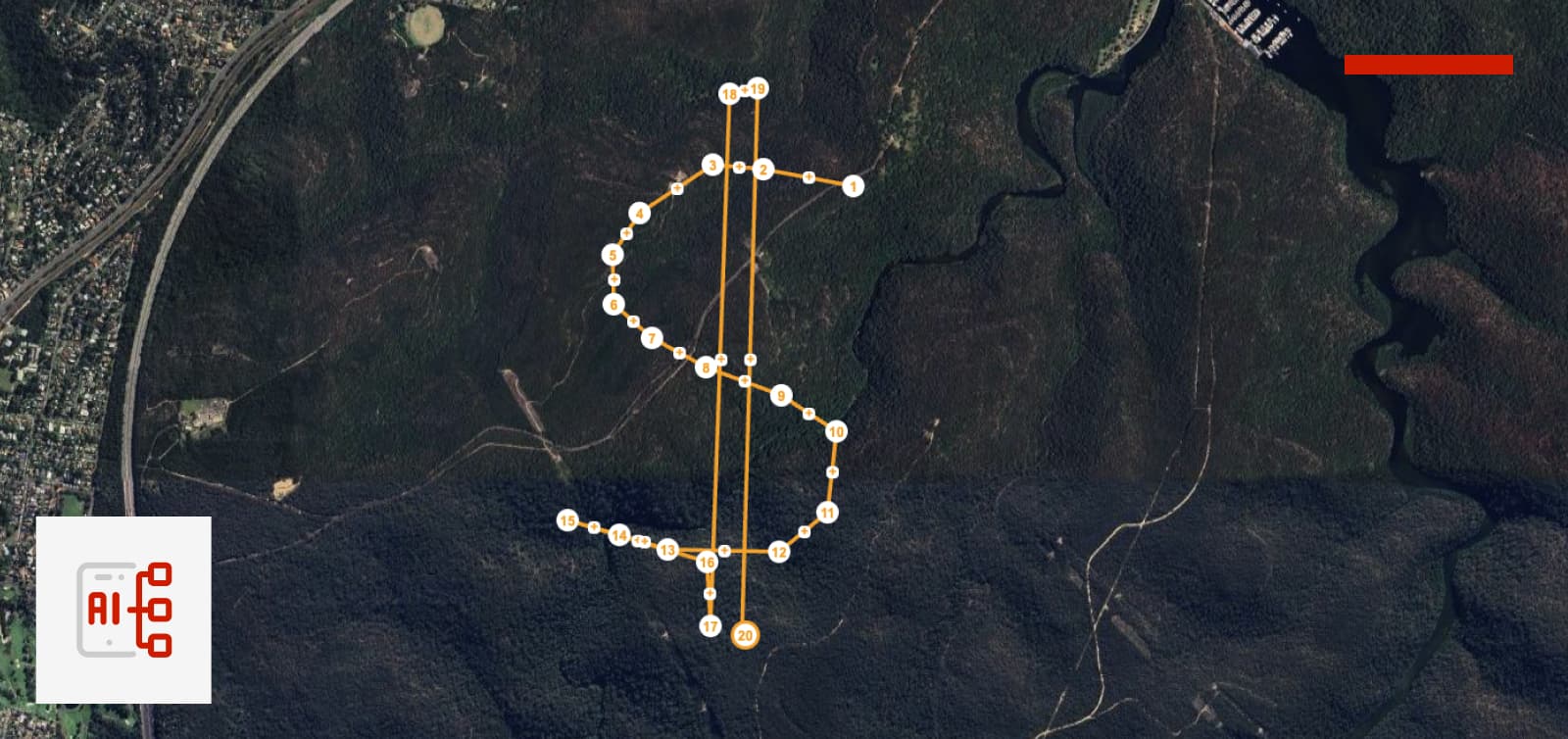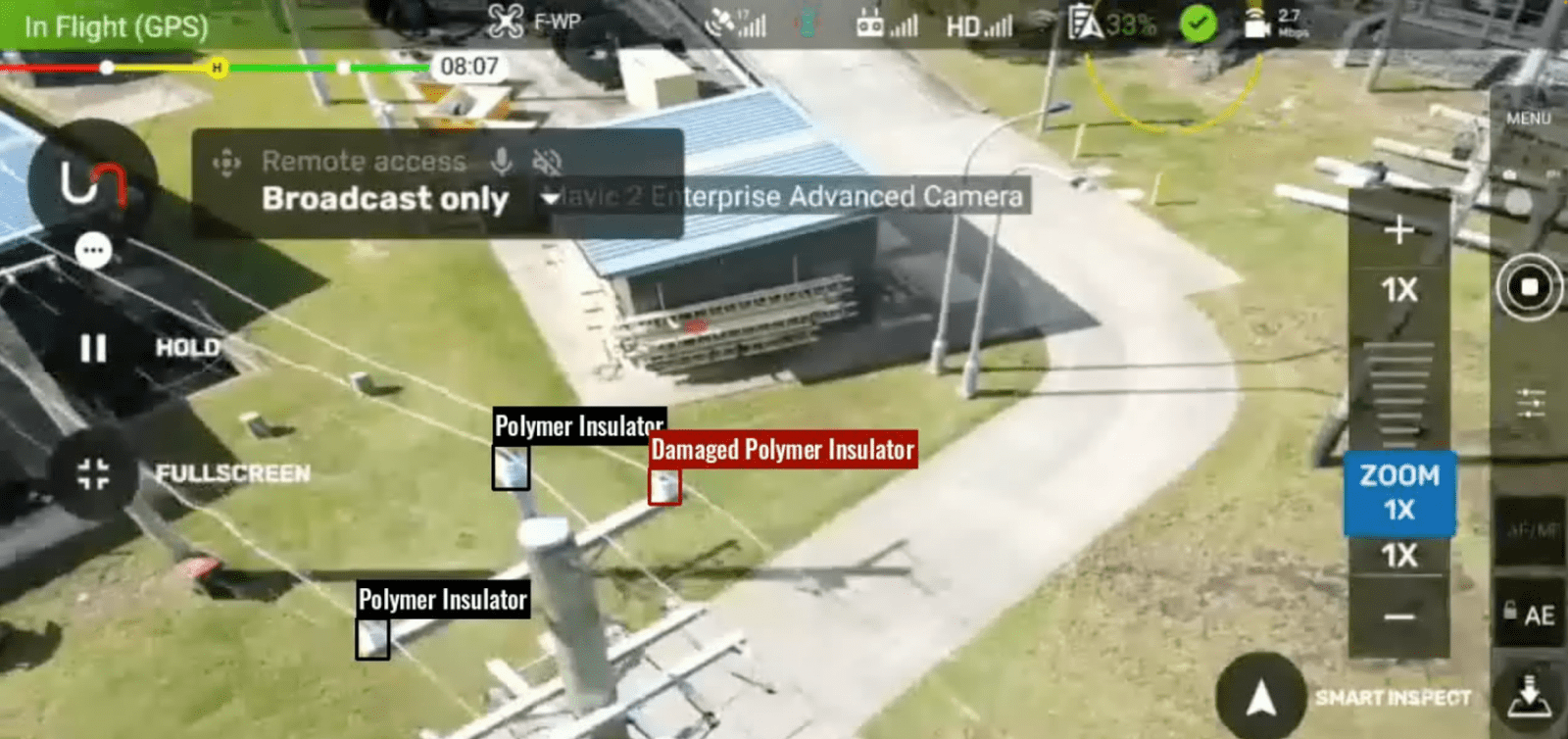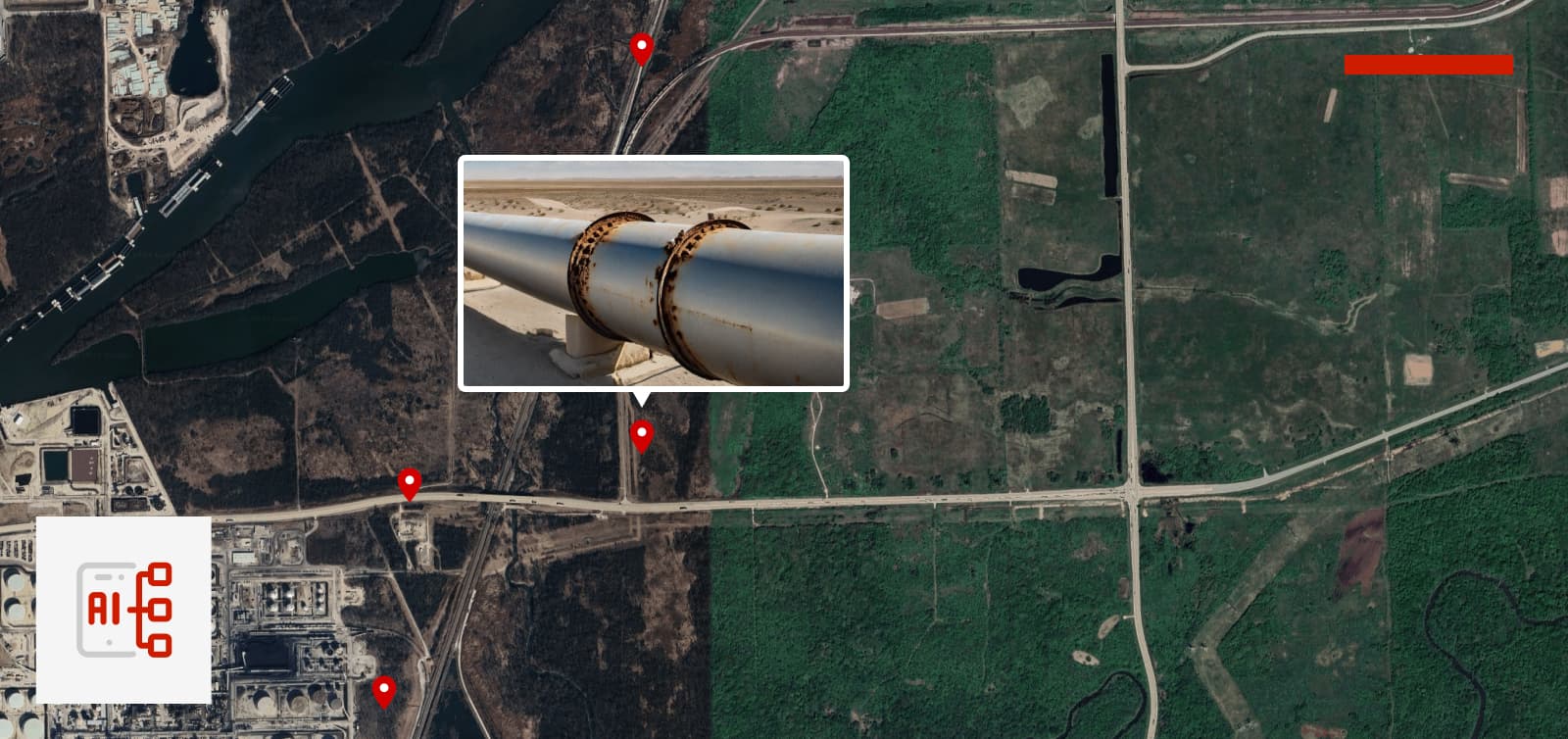The International Energy Agency (IEA) estimates that overcoming the twin challenges of climate change and the rising global energy demand will require the world to invest $48 trillion in infrastructure by 2035. Strategies for inspection and maintenance of assets are amongst key areas where operational optimization and productivity can be maximized and, in turn, support decarbonization targets.
The overwhelming drive for businesses to be more sustainable and drive down C02 emissions is not just based on altruistic objectives; it's also good for business. Based on this ‘doing well, by making good’ approach, you'd be hard-pressed to come across an organization that doesn't have a ‘decarbonization roadmap’ as a priority. This is especially true for the industries contributing to energy, electricity, heat production, and industrial processes, which account for 56% of all global greenhouse gas emissions.
Maintaining assets to improve energy efficiency
An asset’s lifecycle goes through the different maintenance, repair, and remanufacturing stages. Keeping assets operational and their products and components in use is the highest value, and, at all times, their embodied energy is preserved for longer. In addition, the need for new production and end-of-life treatment and the greenhouse gas (GHG) emissions they release are reduced. Modeling this opportunity shows that global emissions could be reduced by 1.1 billion tonnes CO2e in 2050 by reducing the need for new raw materials like cement, steel, and aluminum.
The first step in ensuring a decarbonization roadmap that considers your assets is to ensure that you can keep them operational and sustainable. An effective inspection strategy can achieve this by focusing on at least two objectives.
-
Identify areas where energy efficiencies need to be optimized. The focus is that there is no unnecessary energy expenditure or consistent reduction in productive operational output. An asset operating while ‘leaking’ energy is one of the biggest contributors to GHG emissions - especially in the oil and gas industries.
-
Ensure that assets are operating at peak performance. The added bonus is that this will help avoid costly downtime and high repair costs. Resolving repeat failures that cause process trips or shutdowns and ensuring operating parameters have not moved significantly from original efficiency levels. Also, finding and fixing asset-integrity issues that contribute to fugitive emissions are not just emission mitigation solutions but offer substantial cost efficiencies and potential monetization opportunities for surplus power or captured gas.
Digitizing inspections
The second step is making sure the inspection strategy is digitized and scalable. The rise of digitization and the fact that we can do inspections remotely has removed this task's physically demanding, high-energy-consuming aspect while returning significantly better data. Aerial surveying using drones allows us to reach otherwise inaccessible and environmentally sensitive areas. For example, overland travel is problematic in heavily vegetated areas or inspecting the blades of a 100m wind turbine. Other off-shore and on-shore remote areas hold the same potential. In the past, satellites or even crewed aircraft have been used to monitor this, but drones and head-mounted cameras can capture close-up footage, allowing for more precise mapping, assessment, and data collection. Being able to stream in real time is another advantage.
Download our free ebook, 'Mastering Remote Operations in the Energy Sector'
This means that less travel, vehicles, and people need to move around, thus reducing the carbon footprint and allowing for more inspections to be conducted in a shorter time frame while streaming the inspection to an expert remotely. These capabilities mean you can know what the issue is, where it is, and the severity of the issue in real time. The data collection also opens the door for building a predictive maintenance program, which alone can improve asset availability by 20% and extend the lives of machines by years, reducing C02 emissions.
Meeting required standards
Thirdly, inspections can also help identify ways to reduce emissions and ensure that organizations comply with regulations. As more countries and governments adopt regulations aimed at reducing emissions, it will become increasingly important for organizations to comply with these regulations. Inspections can help ensure that facilities are meeting all the required standards and can also help identify any areas where improvements could be made.
Conclusion
Decarbonization can seem daunting, but it's achievable with the right strategies. A robust asset inspection program is a cornerstone for reducing CO2 emissions. Prioritizing energy efficiency, productivity, and governance can effectively support your organization's decarbonization roadmap.
Regular inspections and maintenance provide valuable insights into the health of your assets. This proactive approach helps identify potential issues early on, preventing costly failures and minimizing downtime. Moreover, a digital catalog of asset information ensures compliance with local regulations and fosters strong governance.
By investing in asset inspections, you're not just reducing your carbon footprint but also enhancing operational efficiency and extending the lifespan of your assets. Let's work together to build a more sustainable future.






